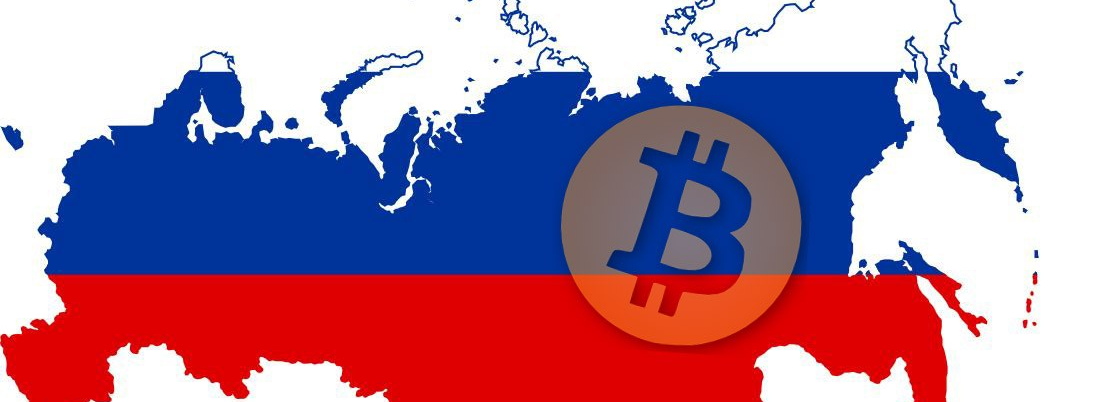Blockchain is more carnival strongman than Hercules — impressive, but far from omnipotent.
‘Blockchain’ is a term that evokes a strong response, comment or opinion — valid or not. In the most basic terms, blockchain is a distributed ledger, which records transactions or digital interactions in a way that is designed to be transparent, efficient, and ultimately secure. It is as novel as it is complex: those working on blockchain solutions and development are, in many ways, creating a future with completely new rules of trade, and unprecedented organisational and operating models. Hence, the ascription of ‘disruptive’ to the technology.
However, much like Satoshi Nakamoto, the mysterious creator of blockchain’s first and most famous implementation, the technology has become an elusive appellation built on hype and hearsay rather than verifiable fact. This is propagated by evangelists, whose voices seem to resonate more with the general public than the more temperate voices of the developers and researchers in the space.The truth of the matter is, blockchain is more carnival strongman than Hercules — impressive, but far from omnipotent. Here are some of the most pervasive misconceptions about blockchain.
1. There is only one blockchain
This is categorically false. Blockchain is commonly compared to the internet and, in terms of disruptiveness and technological significance, this is fair. However, unlike the internet, there are numerous blockchains — each designed to serve different purposes. The prevalence of this misconception has greatly waned with the rise and increasing popularity of other blockchain networks beyond bitcoin. Blockchains such as Zcash offer infrastructure and services that bitcoin does not, namely the ability to process private and anonymous transactions. Other blockchain networks have been developed for specific use cases, such as Intel’s Sawtooth Lake and the Microsoft Coco framework.
2. It is a hub of criminality
The association of blockchain with criminality, especially Bitcoin, has its roots in the Silk Road, the dark web and the mistaken belief the blockchains offer complete anonymity. In actuality, most public blockchains are incredibly traceable — it is possible to track what is being sent as well as from and to where it is being sent As UCL researcher, Patrick McCorry, notes contrary to media misreporting over the last few years, “Bitcoin is one of the most traceable currencies on the planet”. Companies which specialise in blockchain analytics can very simply employ transaction analysis tools and blockchain explorers to track illicit transactions to their sources. If anything, most blockchains offer pseudonymity, not anonymity.
3. Blockchain is Bitcoin; Bitcoin is blockchain
This is probably the most common fallacy that continues to evade something. As mentioned previously, while bitcoin is the first and, undeniably, most well-known implementation of blockchain technology, there many, many other blockchain networks. Blockchain is just one of the technologies that underlie the bitcoin protocol upon which the Bitcoin cryptocurrency is built. The bitcoin network itself consists of various solutions and cryptographic technologies. Within this, blockchain technology records peer-to-peer transactions in real-time.
4. All blockchains are public
While it is true that bitcoin, along with many of the most well-known blockchains, are in fact public, not all blockchains are. There are also private and semi-private blockchains which have varying degrees of accessibility and transparency. On a public blockchain, everyone can see all transactions and anyone can participate at all levels of the consensus process. This is limited on a private blockchain as only parties with the necessary keys can view private transactions. In technical terms, public blockchains utilise proof of work consensus methodologies whereas private blockchains use proof of stake.
Source/More: Breaking down Blockchain: 10 common misconceptions | ITProPortal











![Bitcoin [BTC] and altcoins will replace $86 trillion worth of](http://628735.kquees.asia/wp-content/uploads/2018/10/alex-radelich-462768-unsplash-e1540802245715.jpg)




